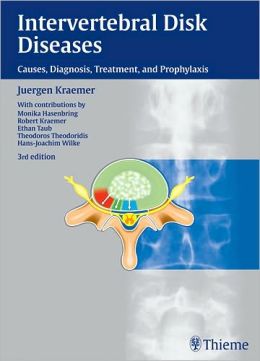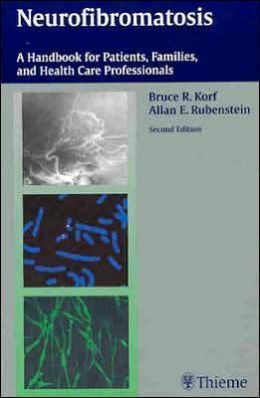-51%
Suicide Prevention in Neurodisability: Tackling a Critical Issue
Individuals with disabling neurological conditions face a disproportionately high risk of suicide, five times greater than the general population. This alarming statistic underscores the critical need for robust suicide prevention efforts tailored to address the unique challenges posed by these conditions.
Understanding the Problem: Complex Factors at Play
Suicide in neurodisability is a multifaceted phenomenon influenced by a complex interplay of factors. Neuropathological changes associated with neurological conditions can disrupt brain function, affecting emotional regulation, decision-making, and impulse control. Psychiatric disorders such as depression and anxiety are also common in this population, exacerbating the risk of suicidal thoughts and behaviors.
Psychological factors, such as chronic pain, fatigue, and cognitive impairment, can further strain an individual’s coping mechanisms and lead to feelings of hopelessness and despair. Psychosocial stressors, including social isolation, financial difficulties, and relationship strain, can further compound the risk.
Evidence-Informed Approaches: Effective Prevention Strategies
Despite the challenges, suicide is often preventable. Evidence-based approaches tailored to neurodisability can significantly reduce the risk. These include:
- Screening and Risk Assessment: Regular screening for suicide risk is essential to identify individuals who may benefit from intervention. Specialized assessment tools are available to evaluate risk factors and tailor preventive measures.
- Psychotherapeutic Interventions: Cognitive-behavioral therapy (CBT), dialectical behavior therapy (DBT), and mindfulness-based interventions have demonstrated efficacy in reducing suicidal thoughts and behaviors in individuals with neurodisability.
- Psychosocial Management: Supporting individuals with neurodisability to develop coping mechanisms, build strong social networks, and address underlying stressors can enhance their resilience and reduce suicide risk.
- Community-Based Initiatives: Collaboration between healthcare professionals, community organizations, and support groups can create a comprehensive network of support for individuals with neurodisability.
Everyone’s Responsibility: A Collaborative Approach
Preventing suicide in neurodisability is a responsibility that extends beyond healthcare professionals. By understanding the risk factors and evidence-informed approaches, everyone can contribute to the prevention efforts.
Family members, friends, and caregivers can provide support, monitor for warning signs, and encourage individuals to seek help. Community organizations can offer social and recreational activities, reducing isolation and fostering a sense of belonging. Support groups provide a safe and supportive environment for individuals to connect with others who understand their challenges.
Conclusion: A Path to Hope
Suicide in neurodisability is a serious concern, but it is not insurmountable. By understanding the complex factors at play, embracing evidence-based prevention strategies, and fostering a collaborative approach, we can create a society where individuals with neurodisability can live fulfilling lives free from the shadow of suicide.









Reviews
Clear filtersThere are no reviews yet.